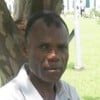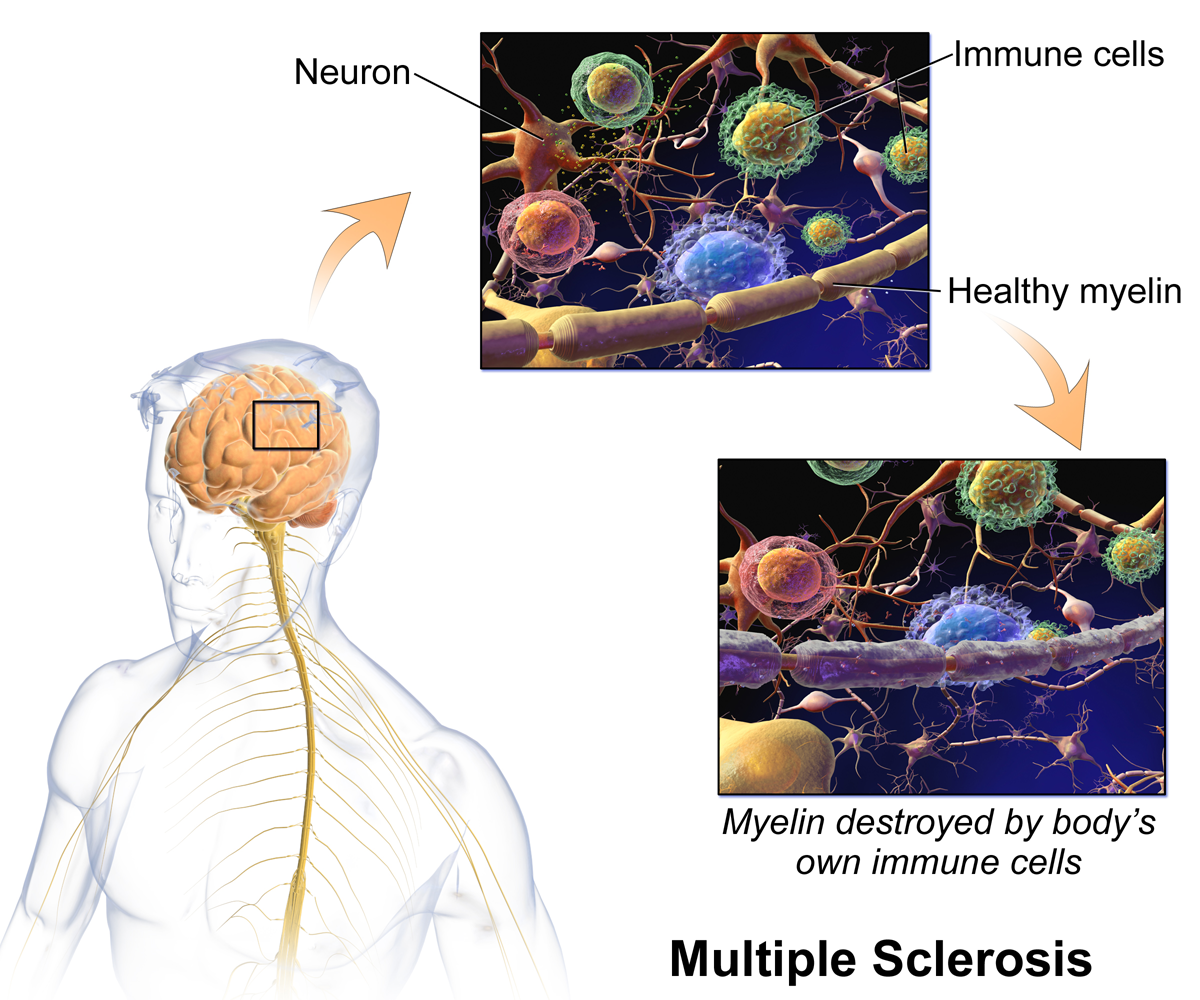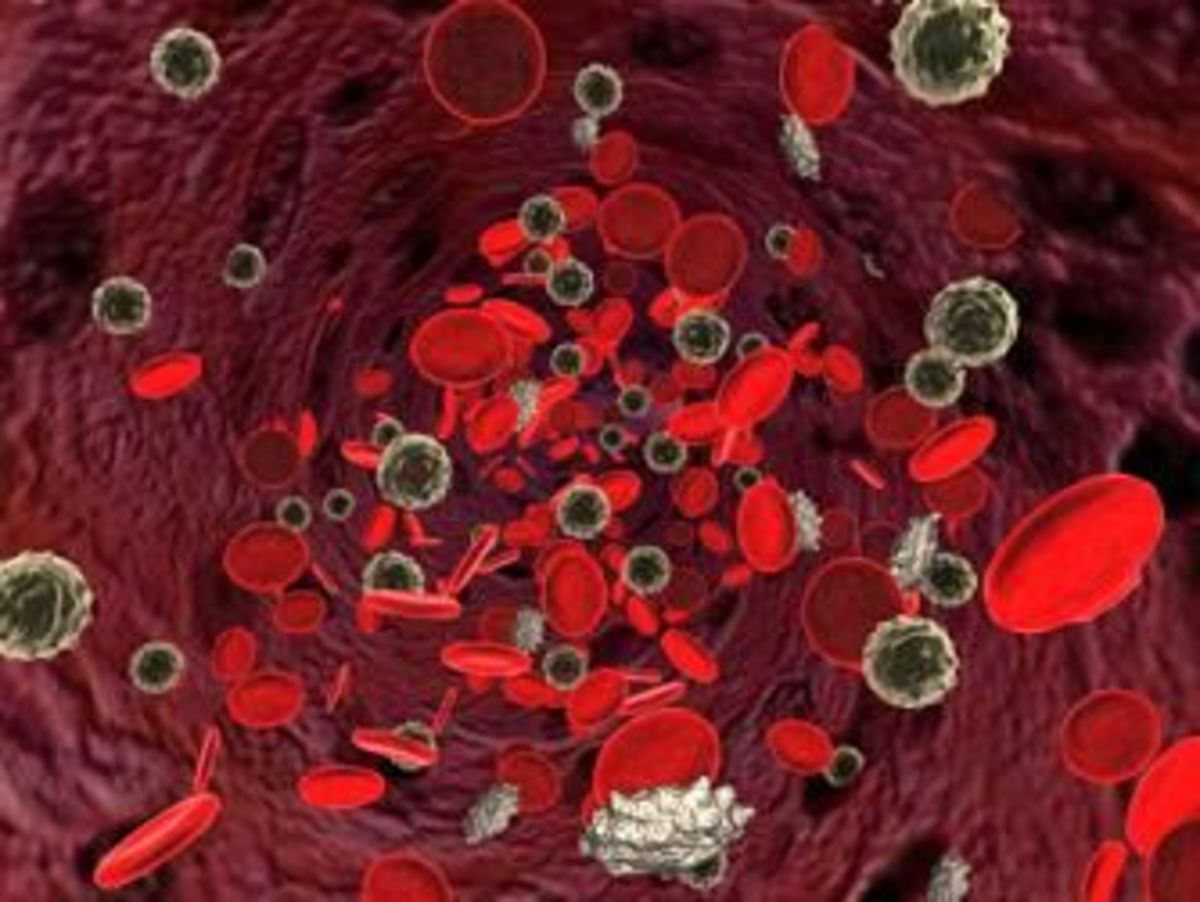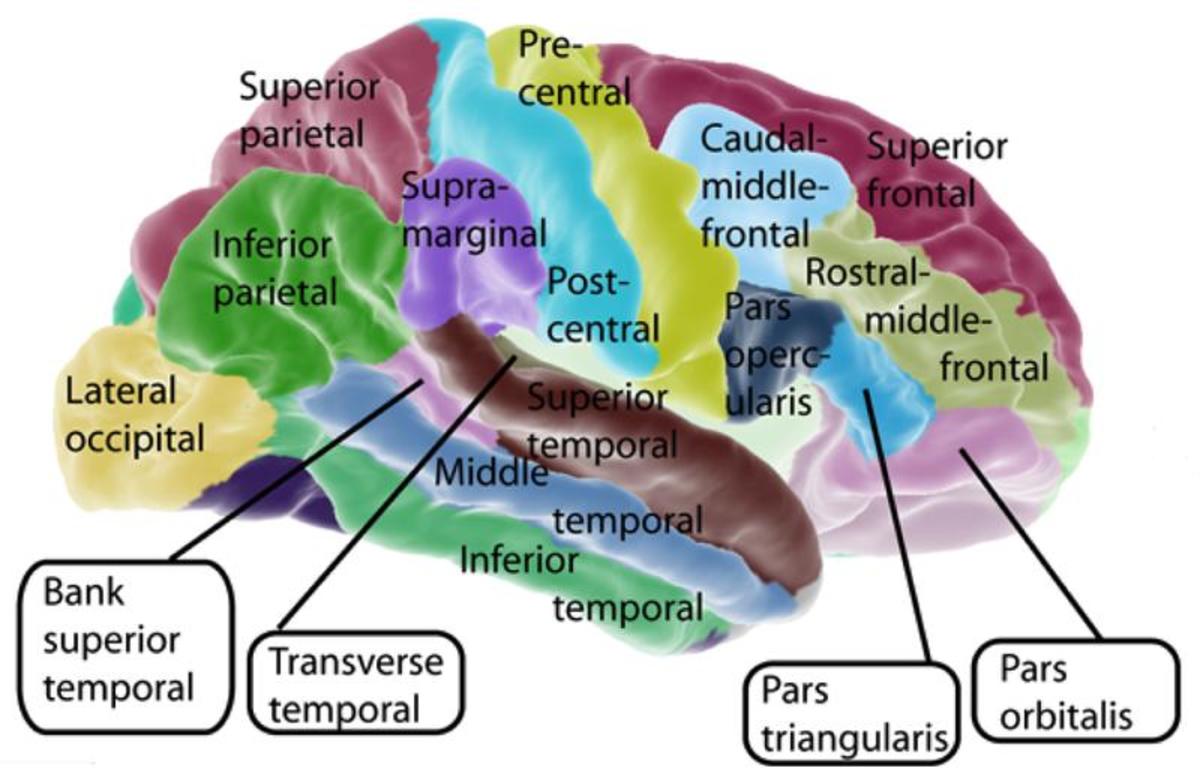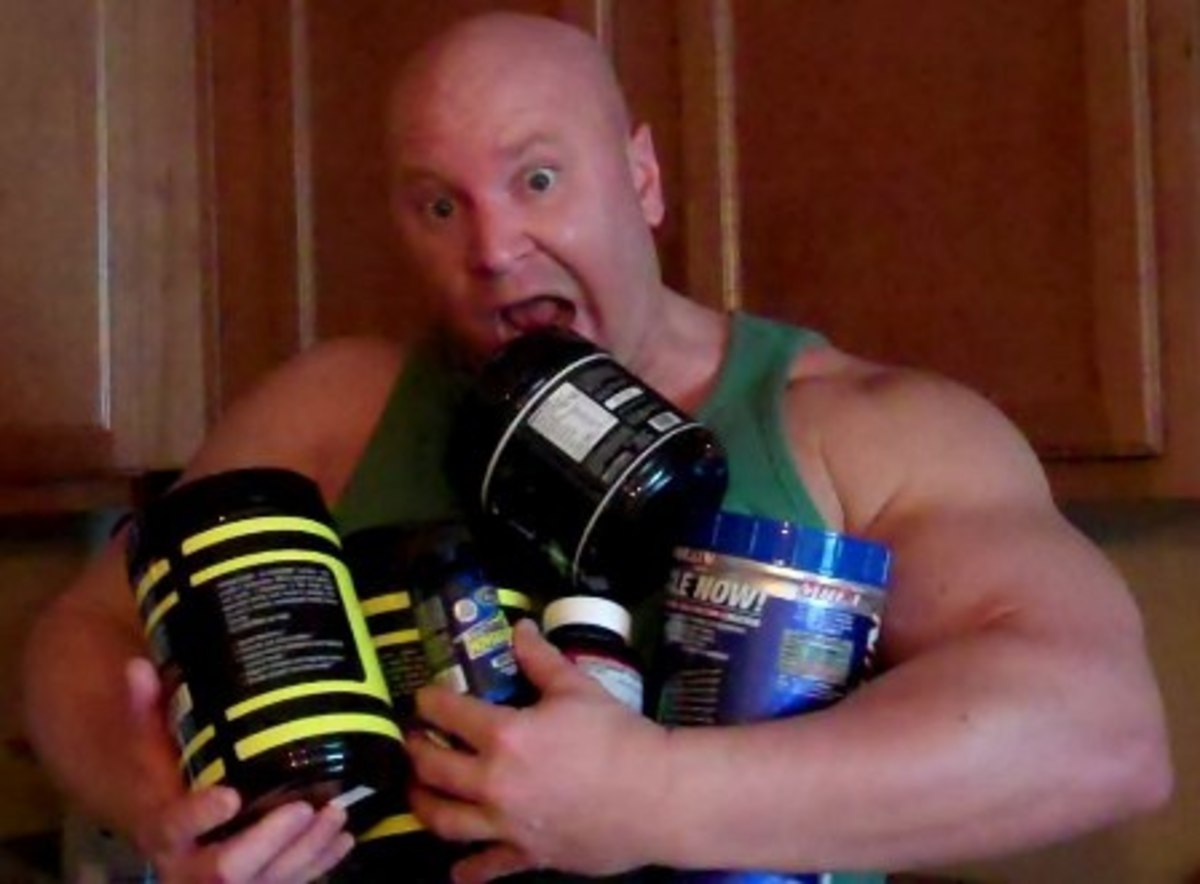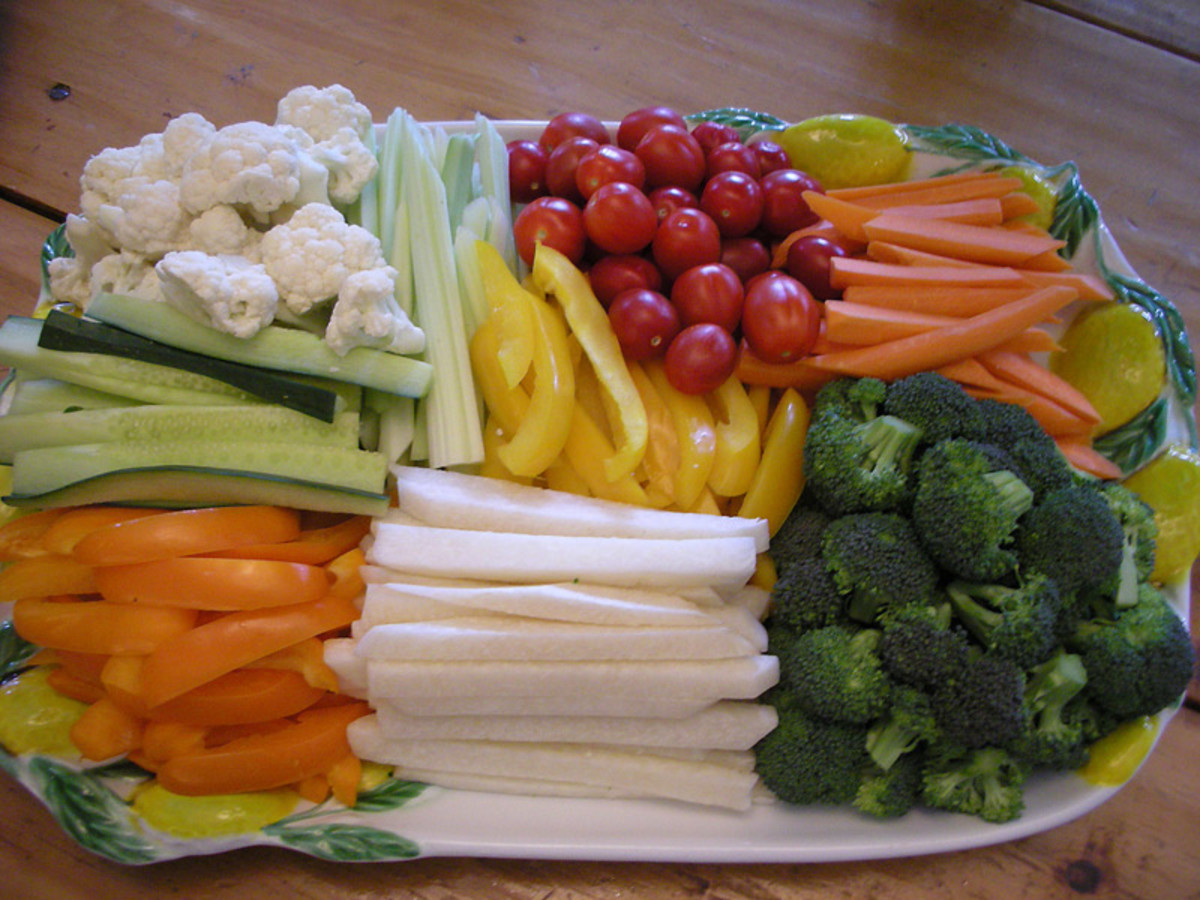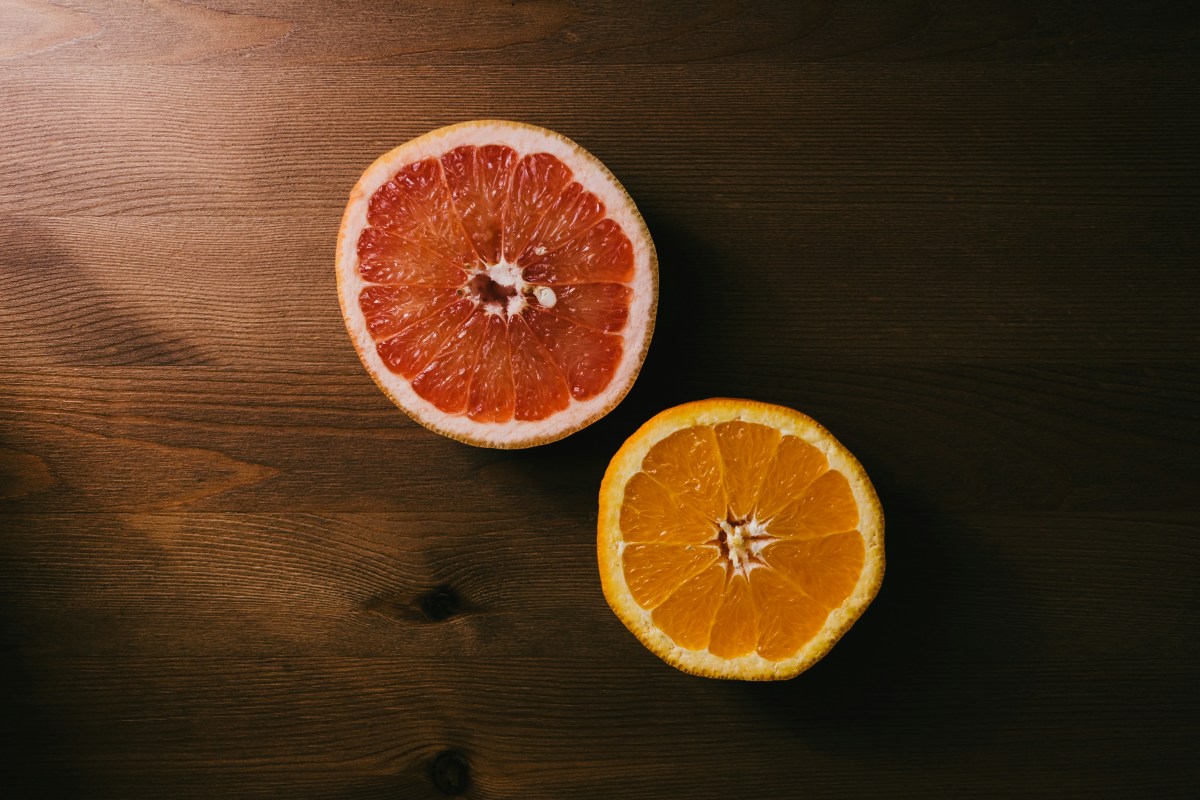The Elusive Search for Vitamin H or Biotin
Good Food to Eat
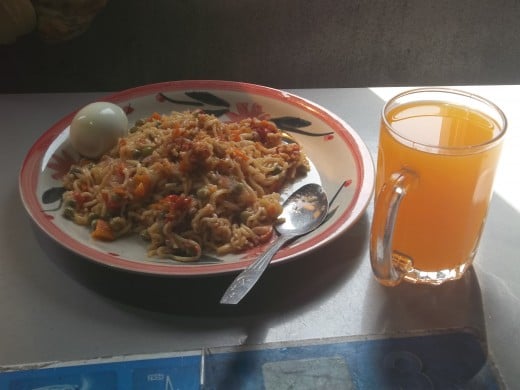
Introduction
Is a vitamin necessary in a diet? For eighty years, scientists were baffled by 'a minute white dust of powder' 0.03 mg in size that crippled a person with scurvy, beriberi, pellagra, and other deficiency diseases. The issue was solved by four generations of scientists.
Louis Pasteur is the foremost of those. He was a chemist, bacteriologist, and the greatest biologist of the time or the century. The others are Justus, Liebig, and Hopkins, who won a Nobel Prize for vitamin jointly with a Dr. Christiaan Eijkman.
What is Biotin?
Could life grow in a bacterial or mineral culture, or both? For decades, scientists border their mind with the question. This was specifically the “vitalism” or “vitalistic” challenge. The two great chemist and biologists Pasteur and Liebig were not agreeing on points of common interest until Wildiers of University of Louvain repeats Pasteur equation or experiment of using “mineral salts, ammonium salt, sugar, and a very small seedling of yeasts.”
Wildiers repeated the test using Pasteur’s formula with a very small live yeast cell plus a large droplet of sterilized yeasts cells. These sterilized cells have no active ingredient or agents in them. From this, Wildiers reasoned that other organic materials other than the live cells produce yeast growth. This he called “bios” which in Greek means life.
Going beyond and above, Liebig Wildiers found that the bios are present in a variety of substances. If a sterilized extract of milk casein or egg yolk is added to the Pasteur’s broth, the yeast would grow.
The Challenge to Prove Biotin
The bios problem rage for years. Wildiers tried to isolate bios in pure form, but he was unsuccessful.
Biotin and the 'Pin Head' Challenge continue to agitate. Pasteur had said that the organisms or yeast cells he used in his experiments required only 'the size of a pinhead', and with this, he can produce a large growth of yeast cells. What then is the size of a pinhead? Scientists debated, and disagree with the outcome for years. The challenge is like calculating how many drops of lively toad-poles were on a pin-head in a sperm? It is like the medieval reasoning of how many angels can stand on the point of a nail!
The matter, Wildiers, found in the Pasteur’s experiments is that with the small droplets of living yeasts cells, the cells that grow were 'sickly looking and malformed'. We can learn the truth or two here. Does fertilization always take place when a single or few drops of the sperm meet the ova or the egg? Wildiers goes far by using 'large droplet' of sterilized yeast cells plus the pin-head size of the living yeast cell to prove Pasteur right.
He concludes his experiment by saying that in the large medium, something other than the live cells is responsible for the large growth of new yeasts. That something is bios.
Varied Your Foodstuffs
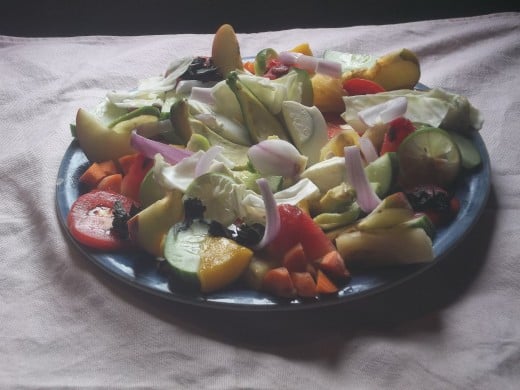
Foods High in Biotin
Vitamins are Found in many Foods
'The vitamin probably occurs in so many of our foods that it would be virtually impossible to avoid getting enough, from whatever sort of foods you eat'. John Yudkin.
Getting Biotin in the Diet
You did not need to go to your physician or a pharmacist to source your biotin. Biotin is an organic nutrient that is easily available in nature. If you re-study Dr. Eijkman experiment, you will realize that the drugs he treats his patients with are not a success. He had observed that the hens feeding on rice from the hospital kitchen got sick in the leg and neck, which are the very sickness his patients are suffering from. Rice polishing restored the hens’ health and prevent death. He then carried out the same treatment on his hospital patients, by feeding them with unpolished rice. The cure is remarkable. Thus, the outer coat of the rice grain was essential in maintaining health.
Biotin is everywhere in nature. In every organic food you eat, you equally get biotin. Provide, the foods are not refined like white rice. So cook your foods half done or nearly done.
Casimir Funk
He was a Polish chemist. He realized that Dr. Eijkman practical theory of feeding rice polishing to the hens as an anti-beriberi factor was determine by organic compounds which he named “amines.” Vitalism was add to the amines to become vitamins.
Microbes and Micrococcus
Interestingly, Eijkman initially though that beriberi and other vitamin deficiency were caused by diseases germs and bacteria, and other microbes that were raging at the time.
Surprisedly too, speculation that the organism identified as causing typhoid fever, diarrhea, tuberculosis, cholera, and the plague. Hence, it becomes the norm to look for the microbes that cause beriberi.
Then, Micrococcus, a tiny bacteria is identified as the cause of beriberi. Dr. Eijkman was among the prominent researchers who prove that the micrococcus causes beriberi. Later, he made an about-turn and proved to the satisfaction of all that the “outer coating of rice grains,” was the cause. This he later demonstrated satisfactory to all.
A Balanced Diet Contain Biotin
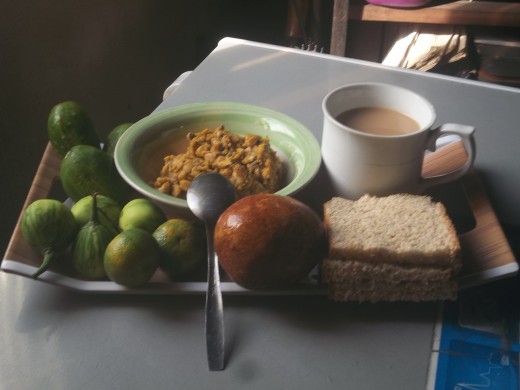
Wide range of Metabolism
'Biotin, also called vitamin H or vitamin B₇, is a water-soluble B vitamin. It is involved in a wide range of metabolic processes, both in humans and in other organisms, primarily related to the utilization of fats, carbohydrates, and amino acids'.-Wikipedia
Speak Your Mind
Do you eat various natural organic foodstuffs every day?
Dr. Christiaan Eijkman Experimental Study
While working as a medical doctor in a prison hospital, he was treating prison patients with beriberi inflicted like symptoms. But by coincidence, he noticed domestic hens are also inflicted with the same diseases his hospital prison patients are suffering from, having eaten the same waste rice foods being fed to the prisoners from the hospital kitchen.
He then carried out an experiment by feeding some of the chickens with, rice polishing, unpolished rice or whole rice, and half-milled rice. The other groups of domestic birds which continued to feed on the hospital wastes serve as the control.
To Dr. Eijkman’s surprise, the birds being feed with whole rice, half-milled rice, and rice polishing’s recovered soundly. He then applied the same treatment to prison patients. The result was the restoration of good health.
Thus, he concludes that the skin of seeds, grains, cereals, and certain roots or herbs contained the B-complex vitamins.
Sourcing Biotin
Biotin belongs to the vitamin B-complex family. So you get it in both animal and vegetable sources. Some persons are not ready to eat meat, milk, or its products, or egg. The alternative could be to source from vegetables. But Brewer’s Yeast or Nutrition Yeast is excellent for all glass of persons. This foodstuff contains all the B vitamins plus. Just sprinkling one or half teaspoon to your meals meets all your daily nutritional requirements. Organ meat like liver and kidney are good sources. Cheese is another.
Here are other sources from the plant world:
1. Grains.
2. All nuts and seeds.
3. Cereals.
4. Herbs, fruits, leafy greens or yellow vegetables, and roots or root tubers contain a good source of biotin.
So you do not have to worry about getting enough in your diets.
Dificiency
Biotin deficiency rarely occurred in man and animals. The gut of man can synthesize more biotin than the body needs. Supplements are not always necessary, unless on medical prescription. The following signs are signs of deficiency:
- Alopecia or loss of hair.
- Lethargy.
- Hallucination.
- Impaired immune system.
- Numbness in the hands and feet.
- Depression sometimes occur.
Conclusion
Biotin is part of the B-complex vitamin and one that the human body cannot make. Any ordinary organic foodstuff contains biotin in the amount that a human body needs. Deficiency of the vitamin is rare in the human body and so, you do not need a medical prescription, except your doctor thinks otherwise. Any natural food you eat will provide biotin, and it is best you make your diet at times to be half in the raw state.
References
- The Atom Within Us, by Ernest Borek, Columbia University Press.
- This Nutrition Business, by John Yudkin, Davis-Poynter, London.
- ABC OF NUTRITION, by A. Stewart Trustwell, BMJ Books, London.
- Health Science and Physiology for Tropical Schools, by F. Daniel, Oxford University Press, London.
This content is accurate and true to the best of the author’s knowledge and is not meant to substitute for formal and individualized advice from a qualified professional.
© 2019 Miebakagh Fiberesima
